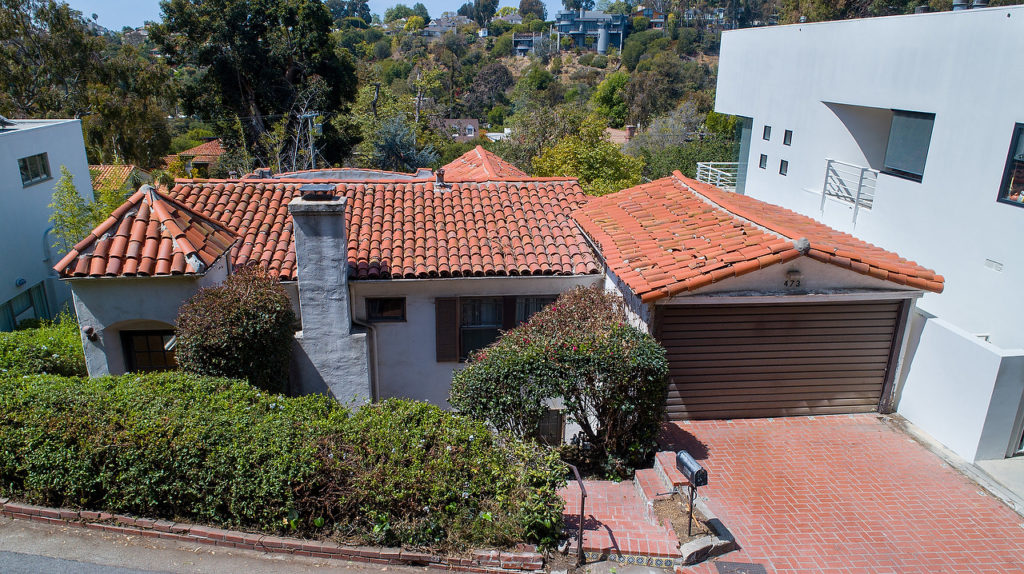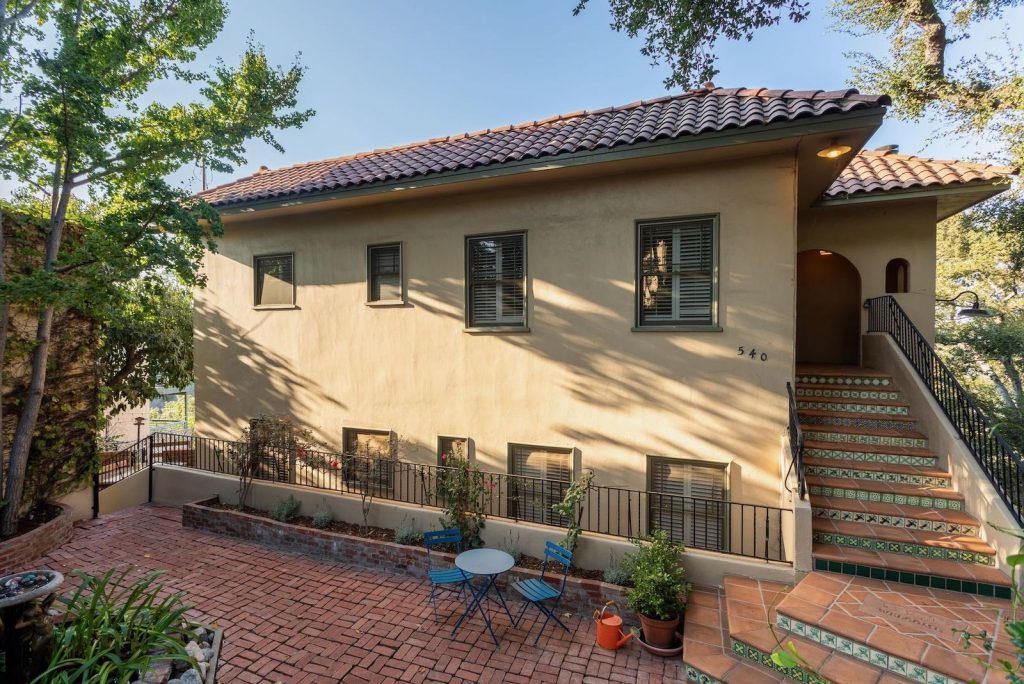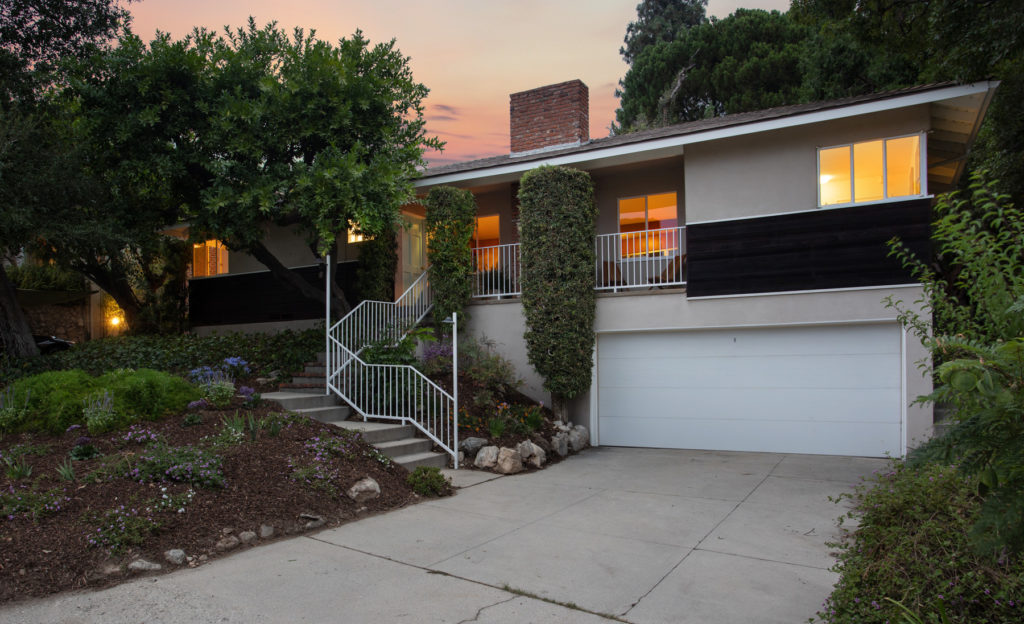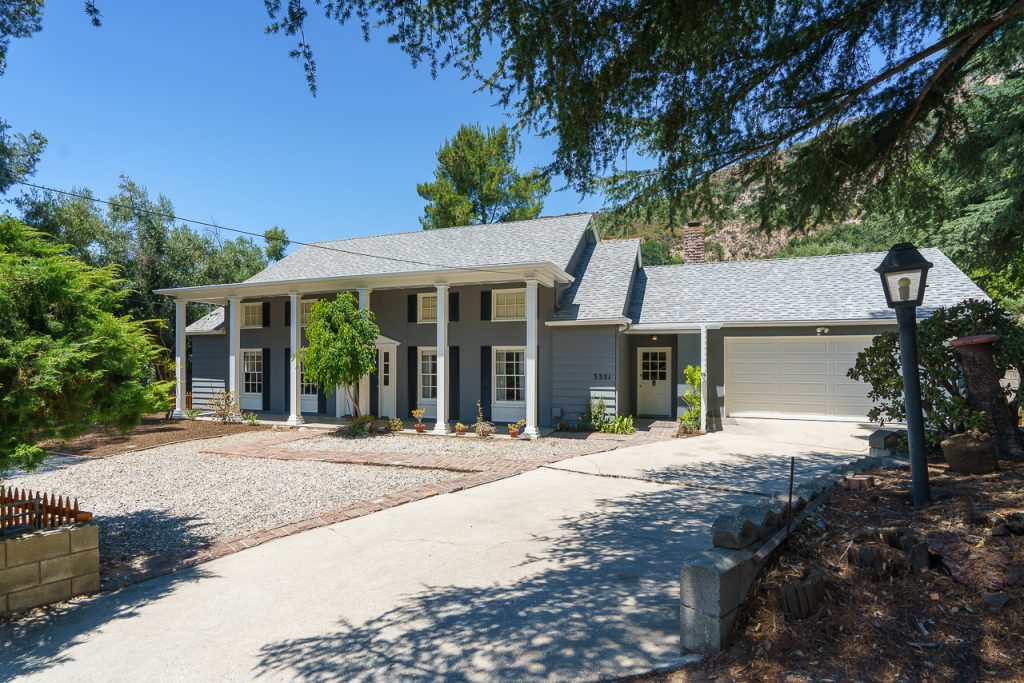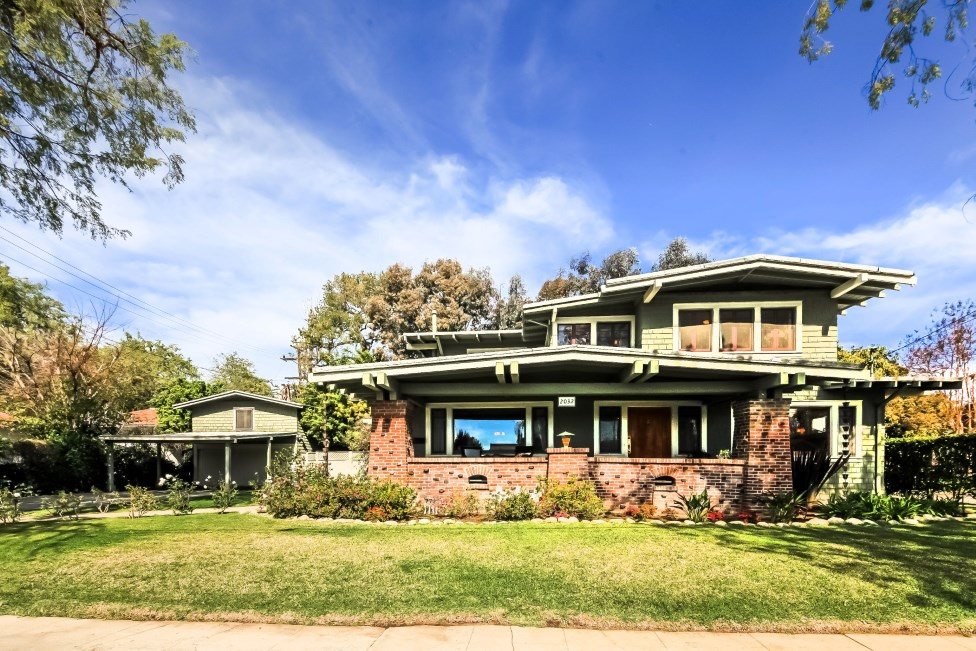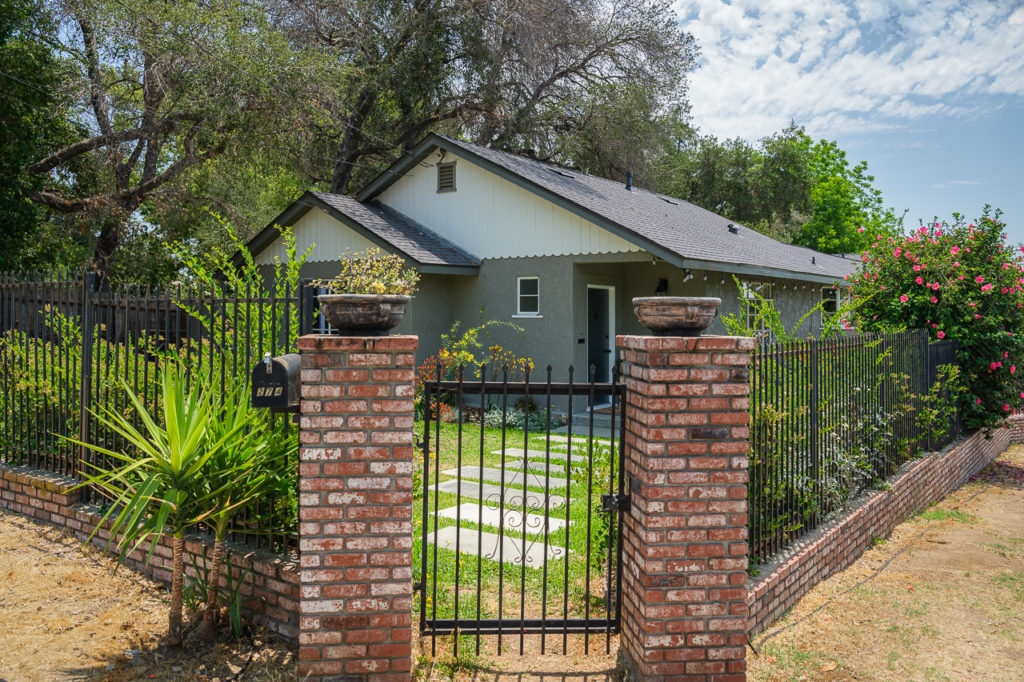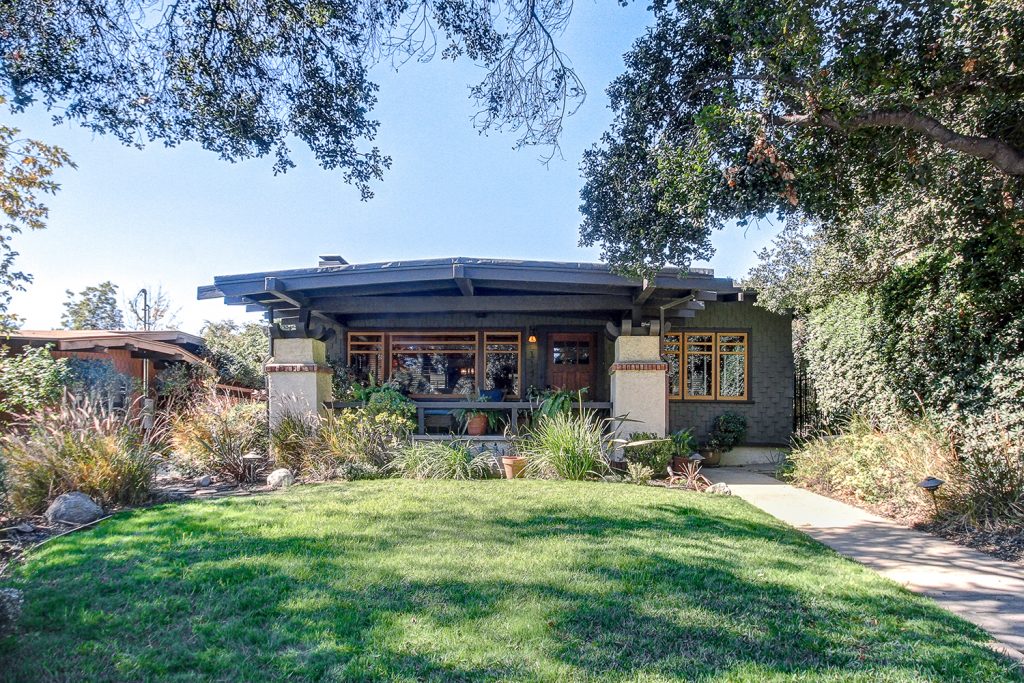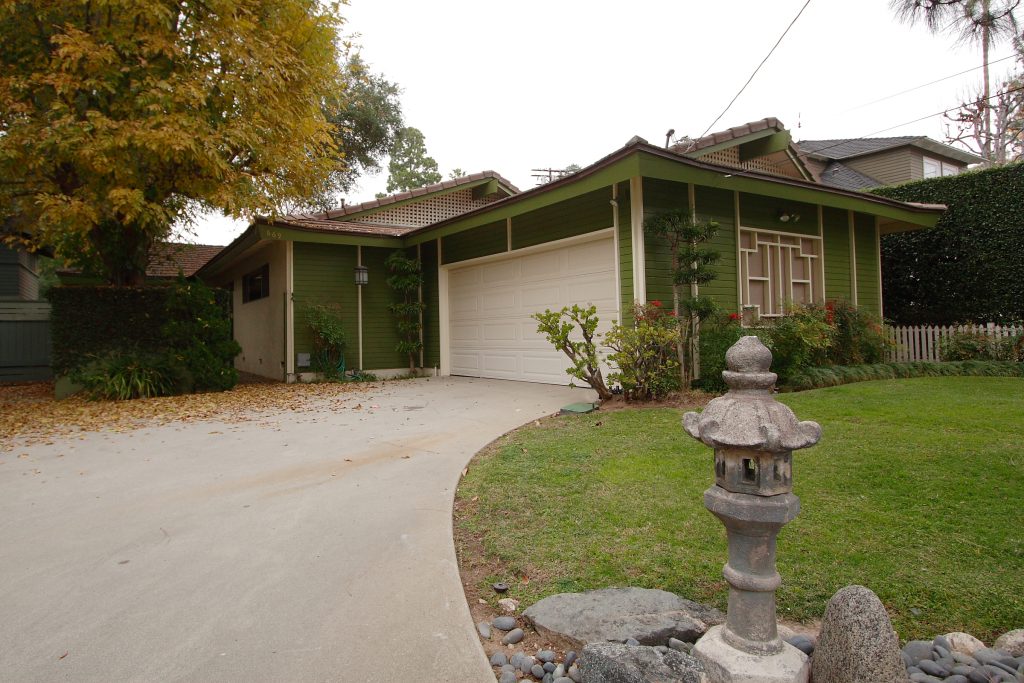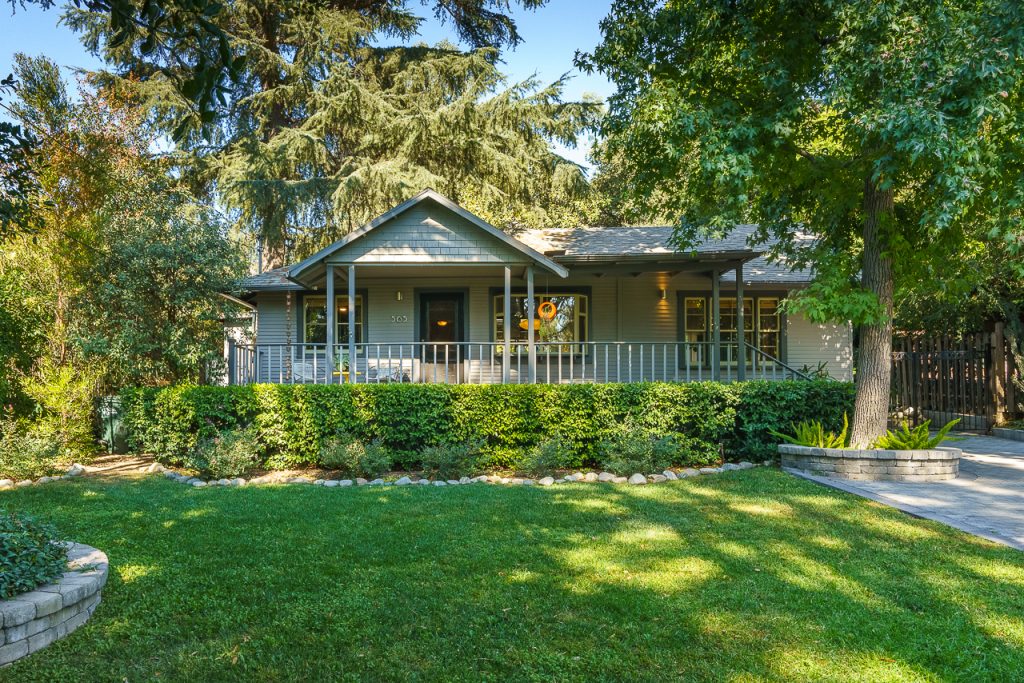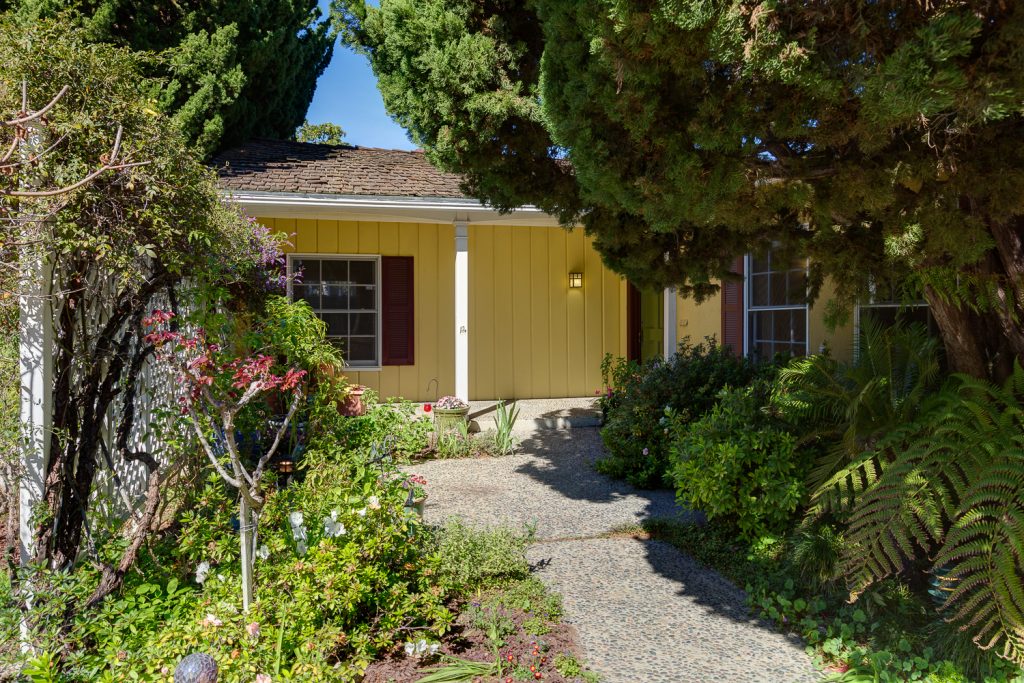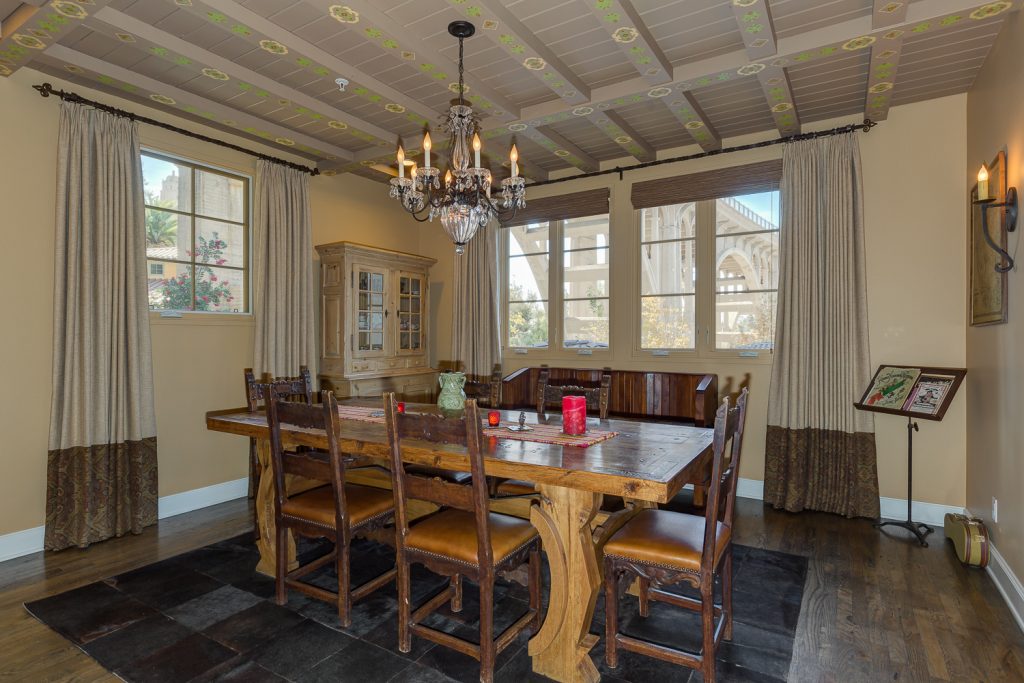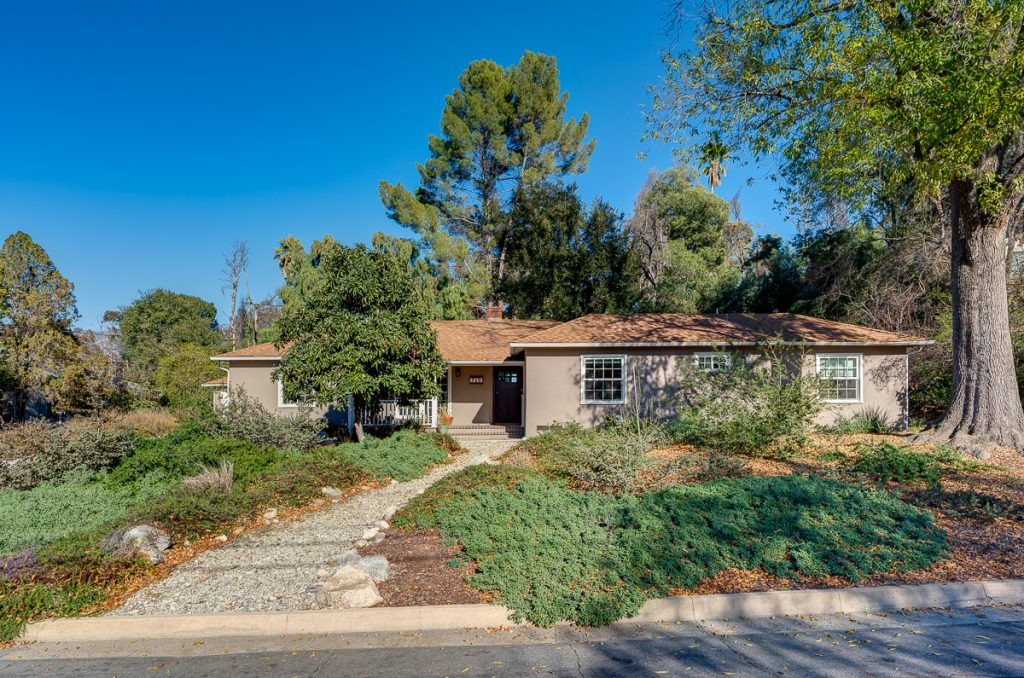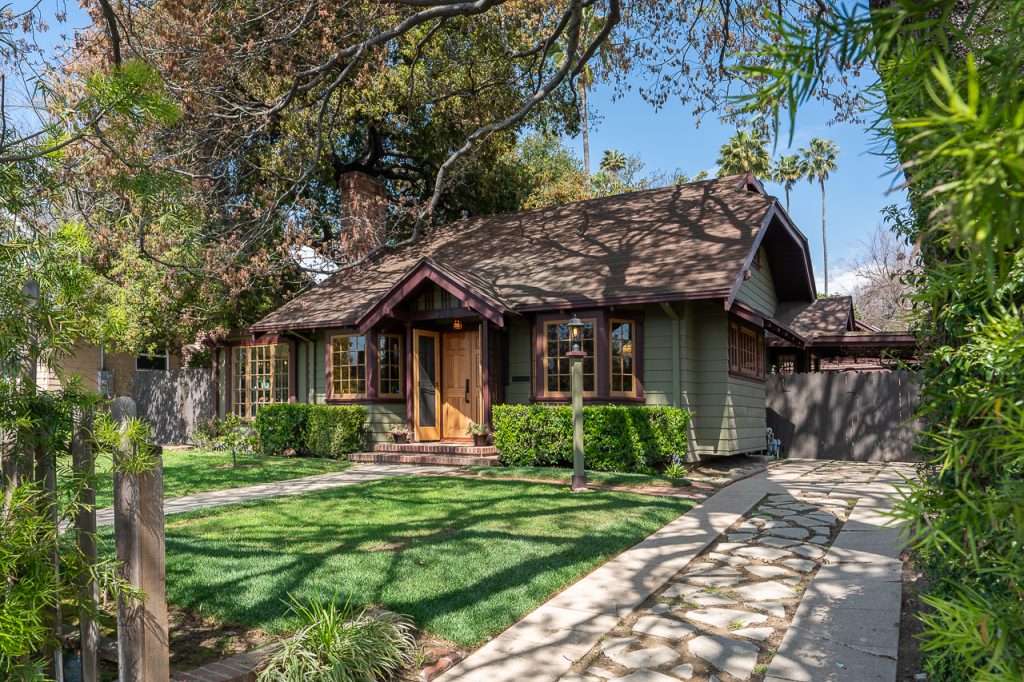Coldwell Banker
388 S. Lake Avenue,
Pasadena, CA 91101
office: 626.797.6500
Email: [email protected]
Home Listings Fall but Woes Persist
The number of homes listed for sale declined sharply in a number of U.S. cities during the second quarter, offering glimmers of hope that some housing markets are starting to recover.
At the end of June, nearly 2.34 million homes were listed for sale on multiple-listing services in more than 900 metro areas, the lowest level for that time of year since at least 2007, according to Realtor.com. In some cases, inventory levels are at their lowest levels since the housing downturn began five years ago.
Shrinking inventory often is seen as a positive sign for housing because it usually means demand is rising, which often leads to higher prices. But in the current environment, the decline in inventory may instead reflect how the market remains anything but healthy. While sales are picking up in some cities, analysts say the sharp decline in inventory also reflects the slow pace at which banks are processing foreclosures.
The Wall Street Journal’s latest quarterly survey of housing-market conditions in 28 major metropolitan markets found inventory levels were down in all but three markets and were down by double digits in 16 markets in the second quarter, compared with a year ago. Listings in Miami were down 43% from a year ago and were off 30% in Washington, D.C. Several cities, including Charlotte, N.C.; Seattle; and San Francisco, saw declines greater than 20%, according to figures compiled by John Burns Real Estate Consulting.
In markets such as Sacramento, Calif., and Phoenix, where home values are down nearly 50% from the peak in 2006, it would take just four months to sell the supply of homes listed for sale at the current sales pace.
“We’re in a shortage situation,” said Brett Barry, a real-estate agent in Phoenix. “It’s a very artificial, ‘Twilight Zone’ kind of feeling, because we know there’s a lot of homes out there.”
The bottleneck in bank foreclosures has contributed to that situation. In the past year, banks have been accused by federal and state officials of circumventing legal procedures when foreclosing on homeowners. To correct those problems, banks are moving more cautiously when repossessing a home.
As a result, the number of newly initiated foreclosures has dropped to a three-year low. But the number of homes in foreclosure—a backlog of 2.1 million—is near a high, according to LPS Applied Analytics.
If supply remains constrained, prices could stabilize. “We’re not at the end of the housing nightmare, but we seem to be getting closer,” said Jeffrey Otteau, president of Otteau Valuation Group, an East Brunswick, N.J., appraisal firm. But if banks accelerate foreclosures, inventories will swell again. Mr. Otteau says it is too soon to celebrate because “we are all expecting that foreclosure ‘tidal wave’ to begin sometime soon.”
Home values, meanwhile, fell at a slower pace during the second quarter, with 19 markets reporting quarterly gains, according to data from Zillow.com. Values were still below year-earlier levels in every market.
For the quarter, the biggest gains in home values were reported in Nashville, Detroit, Dallas and Raleigh, N.C. Markets that have struggled with a glut of foreclosed properties posted the biggest quarterly declines, with values down by more than 2% in Phoenix, Las Vegas and Sacramento.
Another factor behind falling inventory levels is shifting behavior on the part of sellers, who in recent months have started to yank homes off the market because they couldn’t get a high enough offer. “Sellers think they’ll get a better price if they wait and sell it next year, and I just didn’t hear that from sellers two years ago,” said Glenn Kelman, chief executive of Redfin Corp., a Seattle-based real-estate brokerage that does business in 13 states.
Consider the case of attorney Natasha Gonzalez Rojas. After landing a job in Dallas last summer, Ms. Gonzalez Rojas tried unsuccessfully to sell a three-bedroom condo in Philadelphia for $499,000. She and her husband rented it out and in June discussed renewing their tenants’ lease for another year. They lose about $1,000 every month but don’t want to sell for less than what they owe. “We’re not willing to pay somebody to buy our house,” Ms. Gonzalez Rojas said. Until they sell their Philadelphia home, they are also unlikely to buy a home in Dallas. “We don’t want to have two mortgages, and I doubt we’d even qualify,” she said.
Rising rent is another factor pulling some potential homeowners off the fence. During the housing boom, landlords lowered rents to hold on to tenants who were leaving apartments to become homeowners. Now that trend has reversed, sending rent levels soaring.
Shannon Keyes Woodward, 29, and her husband are ready to move out of a “ludicrously priced” rental apartment in Alexandria, Va., but have been outbid on every property on which they have made an offer. “It’s devastating, not being able to find anything,” said Ms. Keyes Woodward.
She expresses a common frustration for entry-level buyers in markets, such as Northern Virginia, that are seeing more activity. Nearly all the homes in their low-$300,000 price range either need renovations or are scooped up within days of hitting the market, often by investors making all-cash transactions.
Nearly 68% of homes sold in Miami last quarter were all-cash sales, up from 56% a year ago, according to Miller Samuel Inc., a real-estate appraisal firm.
Out-of-state buyers and foreigners are seeking bargains on vacation properties. Meanwhile, mom-and-pop investors and private-equity-backed buyers of distressed real estate are snapping up foreclosures at courthouse auctions with plans to fix them up and resell them for a profit. In some cases, prices are so low that investors are holding on to the properties and renting them.
Allen Chan paid $121,500 for a three-bedroom townhouse in Montgomery Village, Md., last August that he now rents for $1,525 a month, more than enough to cover the $850 monthly mortgage, property-tax and insurance costs.
The biggest challenge for Mr. Chan, a 26-year-old investor in Silver Spring, Md., is competition. He bought four homes last year, reselling one and renting the other three. Since December, he has been outbid on every property he has offered to purchase.
Despite the possible downsides of emergency repairs, careless tenants or periods of vacancy, “with the returns as high as they are, there’s a lot of room for error,” Mr. Chan said. “Any way you look at it, it’s just an incredible deal.”


